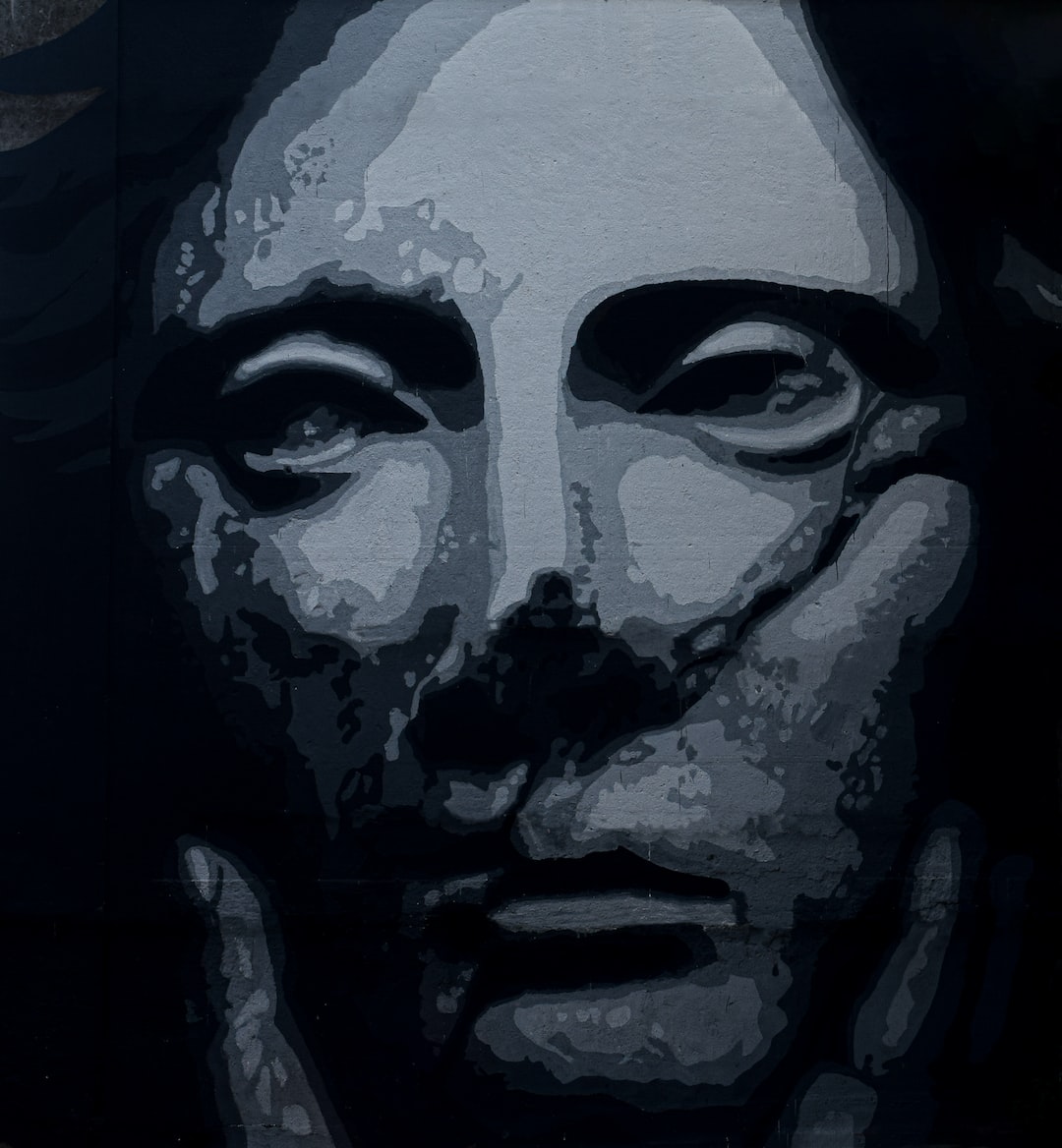Exploring the Diverse World of Indigenous Art and Culture
The indigenous art and culture of the world are as diverse and vibrant as the communities themselves. From the Native Americans of North America to the Maori of New Zealand, indigenous cultures have produced remarkable art forms that reflect their history, beliefs, and way of life. Exploring this rich and diverse world can be an enlightening experience for those seeking a deeper understanding of our global heritage.
Indigenous art is deeply rooted in the history and spirituality of the communities it represents. Whether it is the intricate wood carvings of the Haida people in Canada or the stunning beadwork of the Huichol people in Mexico, these artworks serve as important visual narratives that convey stories, traditions, and cultural values. Each piece of indigenous art is a reflection of collective identity and a means of passing down knowledge from one generation to another.
One of the most fascinating aspects of indigenous art is the connection it maintains with the natural world. Many indigenous cultures have a deep reverence for the land, the animals, and the plants that sustain them. This deep spiritual connection can be seen in the art they create. The dot paintings of the Aboriginal people in Australia, for instance, often depict stories of creation, ancestral beings, and the Dreamtime – the belief system that encompasses the origins of the world and the spiritual connection to it.
Indigenous art also provides a window into the traditional practices and ceremonies of these communities. For example, the intricate masks carved by the Kwakwaka’wakw people of the Pacific Northwest represent ancestral spirits and are used in ceremonial dances and rituals. These masks are not only beautiful works of art but also integral components of cultural practices that have been passed down through generations.
Another fascinating aspect of indigenous art is its ability to adapt and evolve, even in the face of colonization and globalization. While some traditional practices may have been lost or suppressed over time, indigenous artists continue to find new ways to express their cultural identity. For instance, contemporary indigenous artists like Rebecca Belmore from Canada or Patricia Piccinini from Australia challenge stereotypes and explore issues of cultural displacement, gender, and identity through their art.
Exploring the diverse world of indigenous art and culture is an opportunity to challenge stereotypes and appreciate the resilience of these communities. It is a reminder of the importance of preserving and protecting indigenous cultures, especially as they face ongoing challenges and threats to their existence.
In addition to visual art forms, indigenous culture also encompasses music, storytelling, dance, and traditional crafts. Attending indigenous art festivals or visiting cultural centers and museums dedicated to indigenous art is an immersive way to experience these diverse expressions first-hand.
Furthermore, exploring indigenous art and culture can also be a way to support and empower these communities. Many indigenous artists and artisans rely on the sale of their work to sustain themselves and their communities. By purchasing indigenous art, we contribute to the economic and cultural vitality of these communities, helping to preserve their unique ways of life.
In conclusion, the world of indigenous art and culture is an intricate tapestry that reflects the diversity and resilience of indigenous communities. Exploring this vast and diverse world can bring us closer to understanding and appreciating the complexity of these cultures. By supporting and engaging with indigenous art, we not only empower these communities but also contribute to the preservation of their rich heritage.

